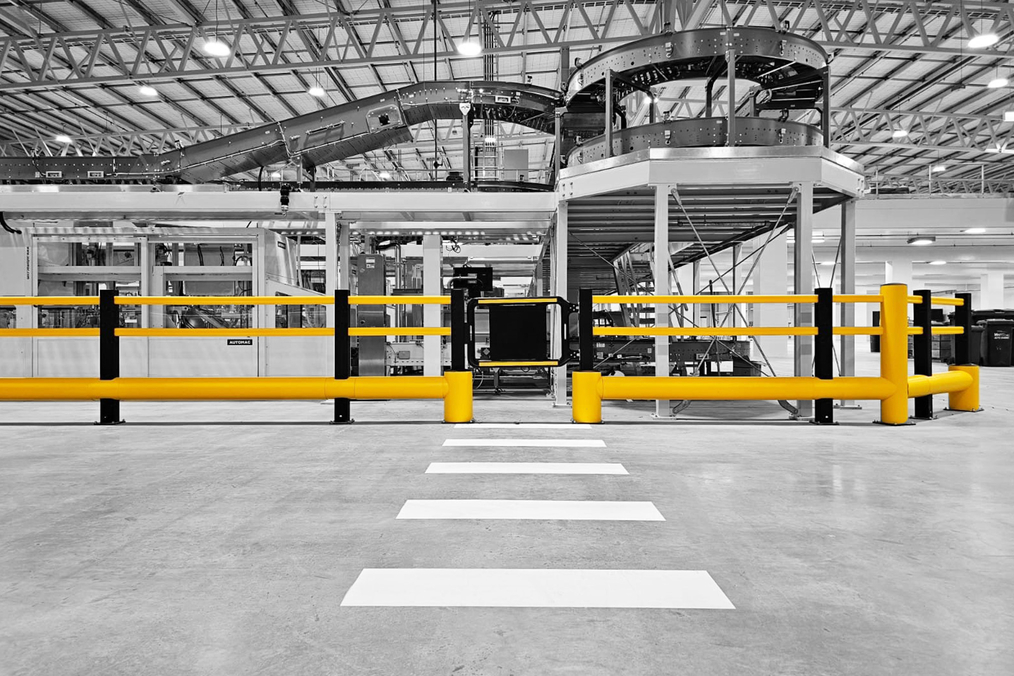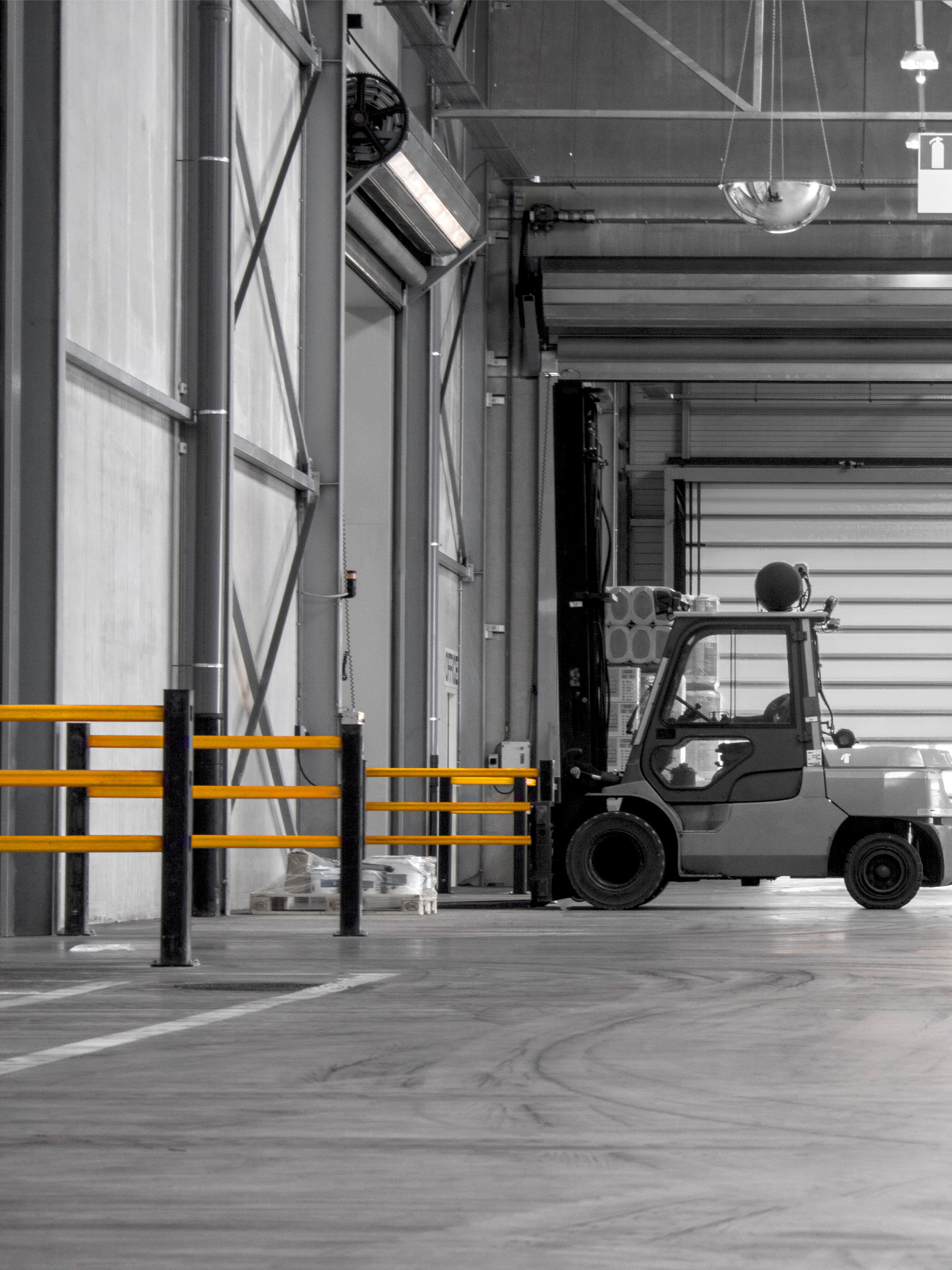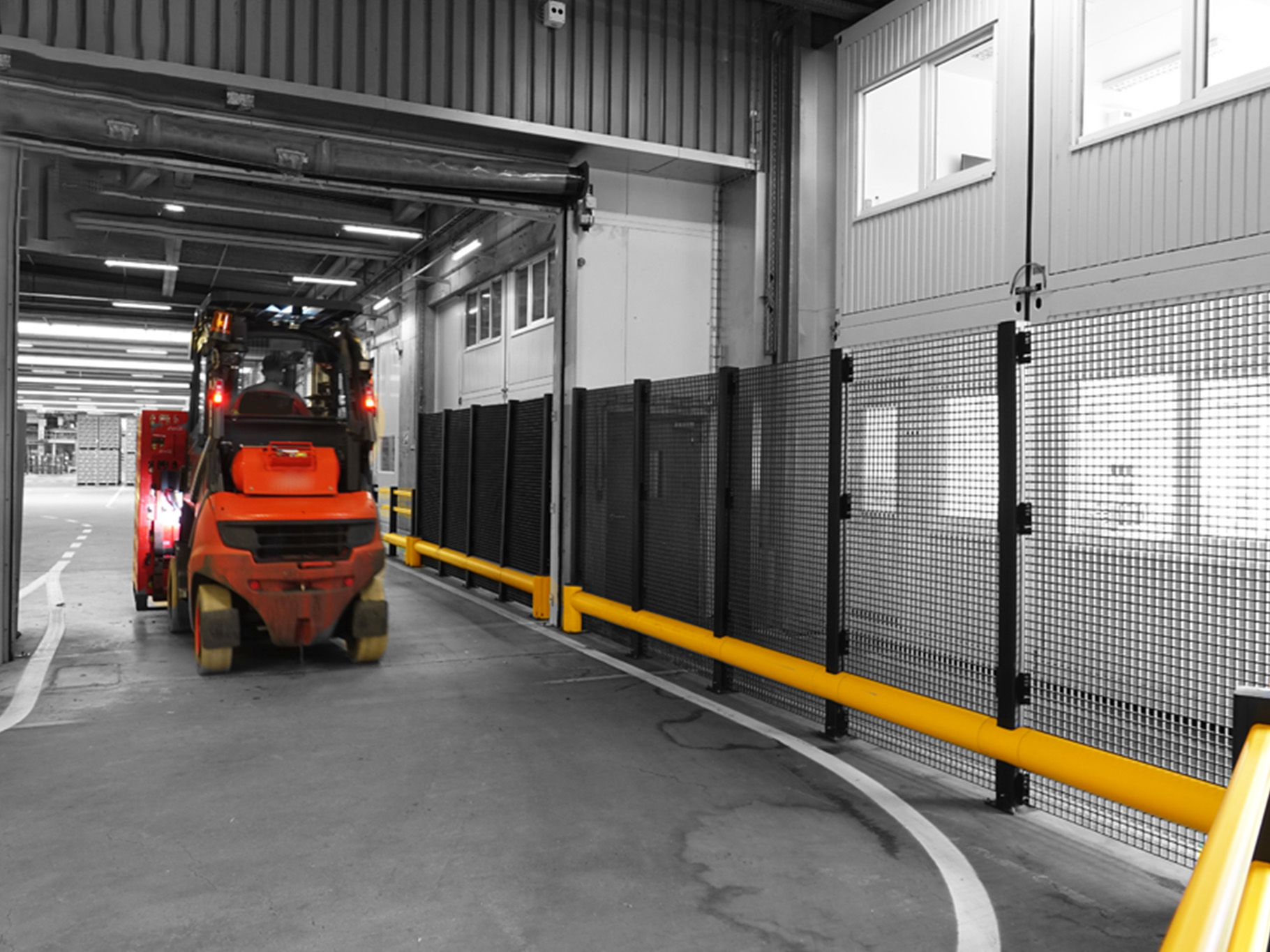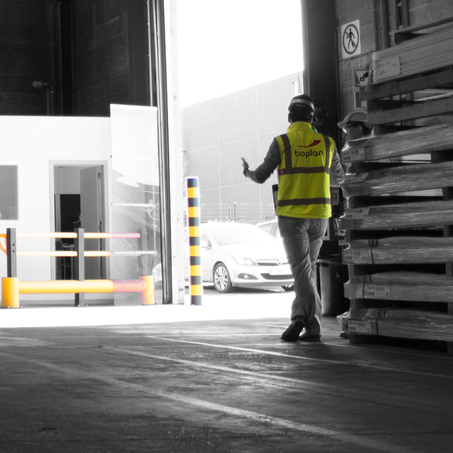How to perform a risk assessment using the Kinney method
A risk assessment is the first step towards creating a safe workplace. There are several ways to conduct a risk inventory and evaluation (RI&E), or risk assessment for short. This article looks at the Kinney method, also known as the Fine-Kinney method.

Formula
WHAT IS THE KINNEY METHOD?
The Kinney method is a quantitative strategy for classifying and ranking workplace risks. Using this as your basis, you can then take suitable measures to safeguard health and safety at work. This method is not designed to identify the risks themselves, but rather to help you classify and rank them. The biggest risks take priority when implementing measures to improve safety.
To determine the magnitude of the risk, multiply the value of three factors: the outcome or severity of the damage, the frequency of exposure, and the likelihood that this outcome will occur. A risk class can then be assigned to the situation: low, medium or high.
R = S x F x L
Which risk class does the formula give?
The result of multiplying the three factors (R = S x F x L) is a risk class:
- Low risk class (R = 0 to 20): No measures necessary
- Medium risk class (R = 21 to 70): Attention required
- High risk class (R = more than 70): Immediate action required
Overview of the different values per factor
What is the outcome or severity of the damage (S)?
If a risk occurs, what is its impact? There are five possible scores:
- A score of 1: low injury, low disruption
- A score of 3: significant injury, but recovery possible
- A score of 7: serious and irreversible outcome, disability
- A score of 15: very serious, one fatal
- A score of 40: several deaths
What is the frequency of exposure (F)?
How often are workers exposed to the hazard? Six scores are given here:
- A score of 10: continuously
- A score of 6: regular, daily
- A score of 3: occasionally, weekly
- A score of 2: occasionally, monthly
- A score of 1: rarely, annually
- A score of 0.5: very rarely, less than once per year
What is likelihood (L)?
There are seven scores that indicate how likely a risk is to occur:
- A score of 10: almost certainly
- A score of 6: extremely likely
- A score of 3: likely
- A score of 1: possible, but unlikely
- A score of 0.5: not likely at all
- A score of 0.2: almost impossible
- A score of 0.1: virtually unthinkable
INVOLVING THE RISK OF COLLISION BETWEEN A FORKLIFT AND A PEDESTRIAN
THE KINNEY METHOD: EXAMPLE
Now let's apply the Kinney method to a practical example where we estimate the risk of a pedestrian being struck by a forklift. In this example we are assuming that there are no safety barriers or (floor) markings in the warehouse.
The distribution centre in our example is a logistics hub with a significant amount of forklift traffic. Therefore, the likelihood of a collision with a pedestrian is real. We qualify the likelihood (L) as "extremely likely" (score of 6). The traffic is not separated, with pedestrians and forklift trucks often ending up in each other’s way. This means the frequency of exposure (F) is 3 (occasionally). A pedestrian involved in a forklift accident may suffer serious and permanent injuries. In the worst case, this could result in long-term or permanent disability. The effect (S) is therefore classified as "serious" (score of 7). If we apply the formula (L6 x F3 x S7 = 126), the result is: high risk class.
In this practical example, then, there is a clear safety risk in the workplace. Precautions should be taken immediately. Safety barriers are essential to protect employees and infrastructure.
What are the benefits of the Kinney method?
The Kinney method is an easy way to obtain an initial assessment of the magnitude of a risk. It also allows you to prioritise which issues to address. After taking action, you can determine the outcome by recalculating the risk class.
What are the disadvantages of the Kinney method?
The Kinney method is not particularly suitable for risks with serious consequences. An adverse event involving serious injury is just as catastrophic if it has an exposure frequency of 1 (rare) or 6 (common). In both cases, the risk class can vary significantly, making a risk suddenly acceptable when it is actually not.
- S7xF1xL1 = 7 (low risk; no action required)
- S15xF6xL1 = 90 (high risk; immediate action required)
The first case is a serious accident (S7), while the other is a very serious accident (S15). In both cases, it is essential to prevent the accident from ocurring at all. In other words, the frequency of exposure is by no means the determining factor here.

After conducting a risk assessment, the next logical step is to create a traffic plan. This is where you map the traffic flows in your workplace and find out where the bottlenecks are.



